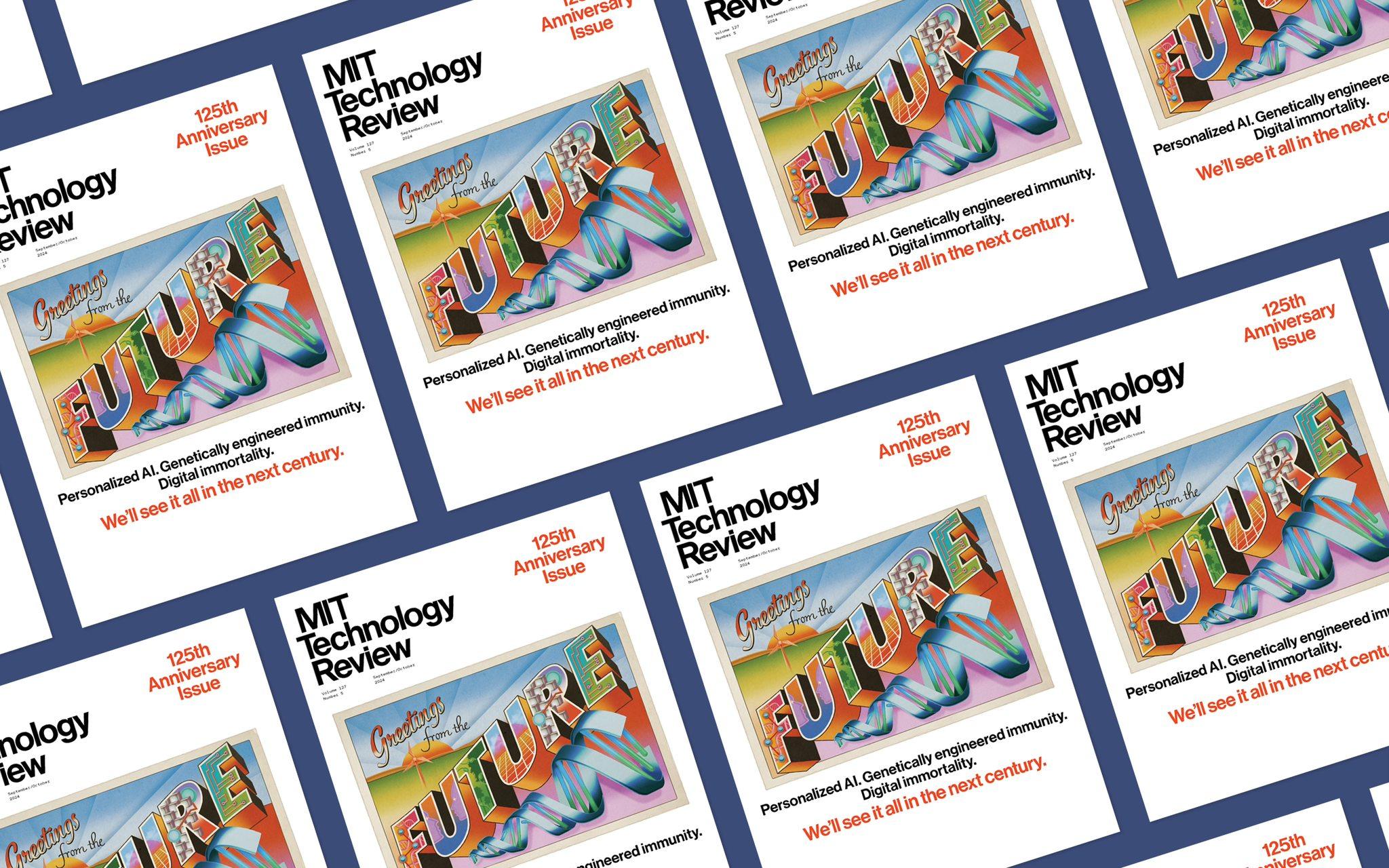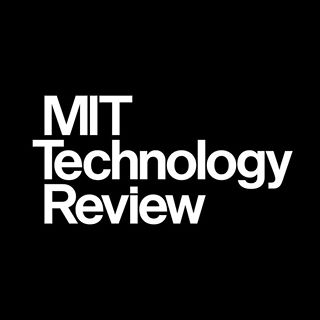


Our in-depth reporting on innovation reveals and explains what’s really happening now to help you know what’s coming next. Get our journalism: http://technologyreview.com/newsletters.
218 people like this
0 Posts
0 Photos
0 Videos



